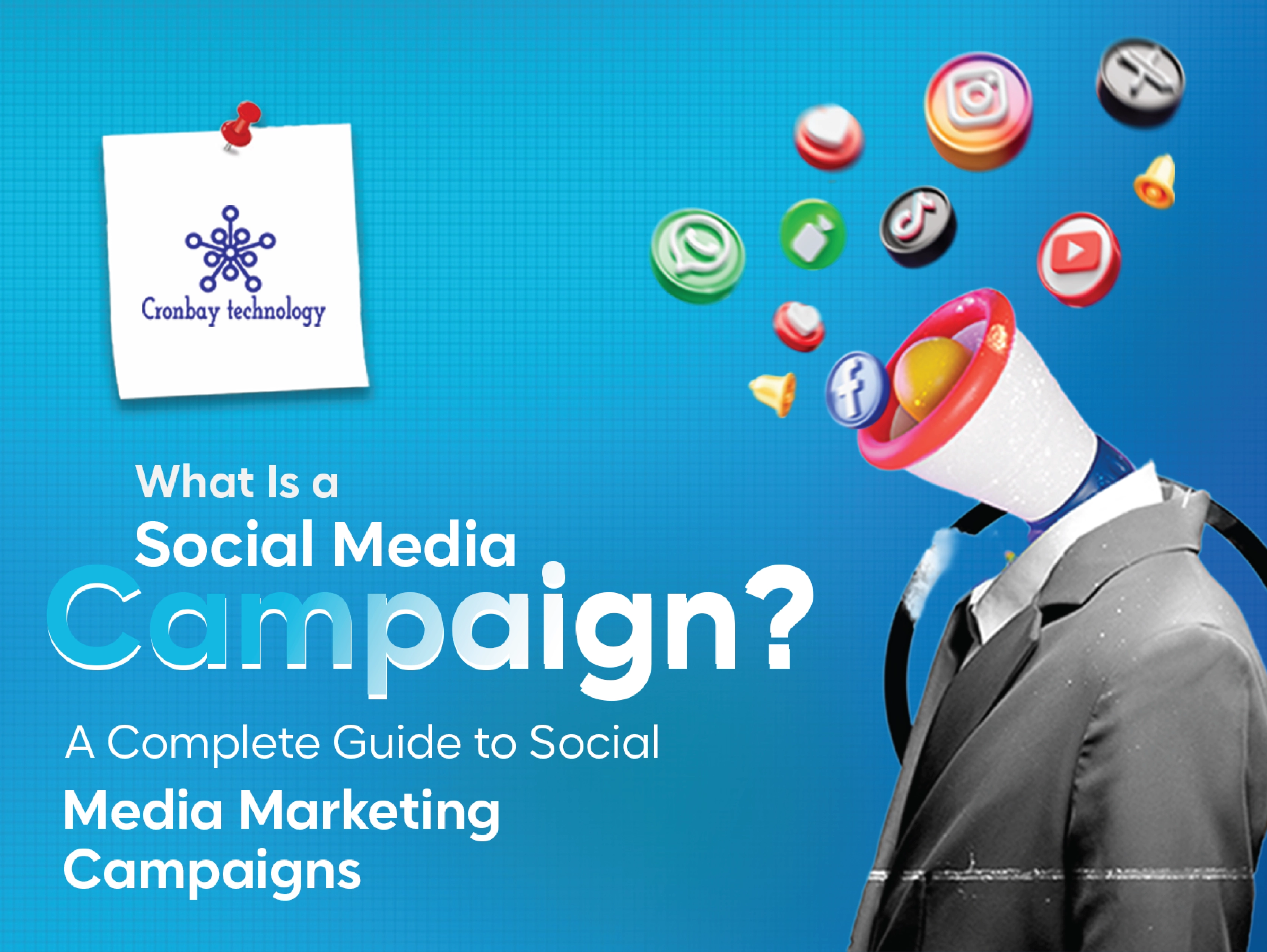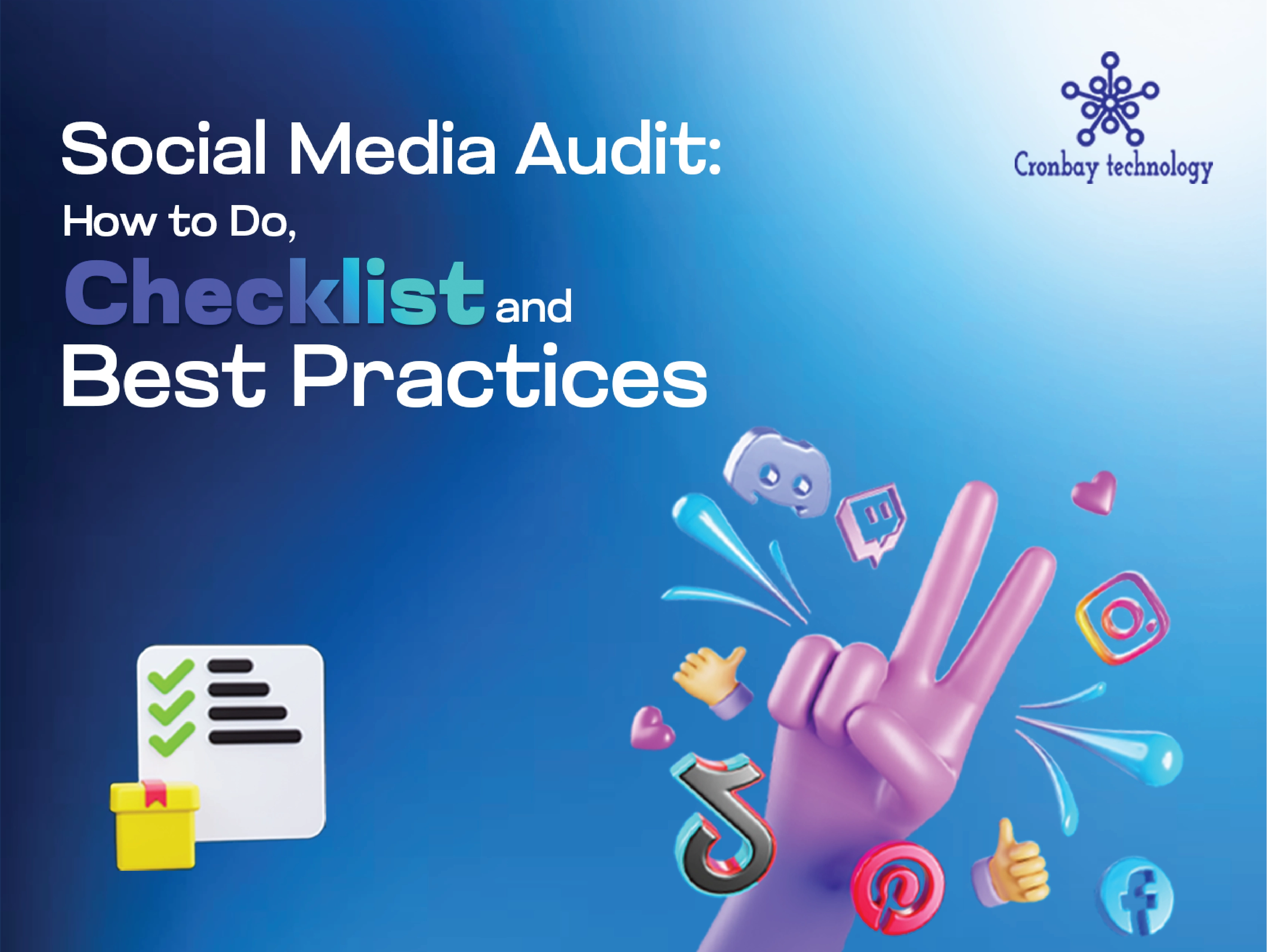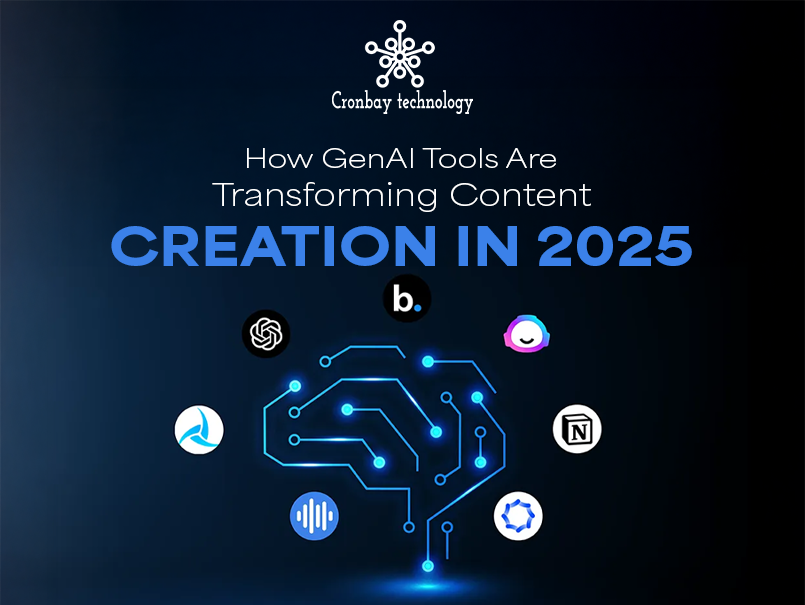SEO friendly meta tags are crucial for boosting your website’s search rankings and visibility. Have you checked if your meta tags are optimized for 2025? If not, you are missing out on valuable traffic. At Cronbay Technologies, we know the importance of well-optimized meta tags. This SEO meta tags guide for 2025 is here to help you stay ahead of search engine algorithms. In this blog, we will walk you through the top 10 SEO-friendly meta tags along with a complete meta tags SEO checklist, ensuring your website is fully optimized.
So, without further delay, let us dive in and discover the best SEO-friendly meta tags 2025 to elevate your SEO strategy now!
What are Friendly Meta Tags?

SEO friendly meta tags are a key part of Google ranking factors 2025. To be simple, SEO friendly meta tags are essential SEO HTML tags that help search engines understand and rank your website better. These tags provide important details about your page, improving its search engine visibility and overall performance in search results.
10 Essential SEO Friendly Meta Tags for Better Rankings in 2025
Title Tag
The first on the list of SEO-friendly meta tags is the title tag, also known as title tag SEO optimization. This tag is one of the most crucial SEO HTML tags. It appears in search results and browser tabs. It defines the title of a webpage, helping both search engines and users understand the page’s content and relevance.
Best Practices for Optimization:
- Keep it under 60 characters.
- Use your primary keyword naturally.
- Make it engaging to encourage clicks.
Meta Description Tag
The second on the list of SEO-friendly meta tags is the meta description tag, also known as meta description for SEO. This tag provides a summary of your page. It is used below the title tag in search results. While it doesn’t directly impact rankings, a well-written description can enhance your click-through rate by making the page more appealing to users.
Best Practices for Optimization:
- Keep it between 150-160 characters.
- Include relevant keywords naturally.
- Make it engaging to encourage clicks.
Robots Meta Tag

The third on the list of SEO meta tags guide for 2025 is the robots meta tag. It is one of the key elements of technical SEO meta tags. This tag instructs search engines on how to crawl and index your webpage, helping control which pages appear in search results.
Best Practices for Optimization:
- Use index, follow to allow indexing and link crawling.
- Use no index for pages you don’t want in search results.
- Use no follow to prevent passing link equity to specific links.
Canonical Tag

The fourth on the list of 10 SEO-friendly meta tags 2025 is the canonical tag. Being an essential element of meta tags for search engine visibility, this tag helps prevent duplicate content issues. It ensures that search engines consolidate ranking signals and avoid content dilution.
Best Practices for Optimization:
- Place the canonical tag in the <head> section of your page.
- Ensure all duplicate pages point to the main URL.
- Use absolute URLs instead of relative ones for accuracy.
Header Tags
The fifth on the list of 10 SEO-friendly meta tags 2025 is header tags. The importance of header tags in SEO cannot be overlooked. These tags help organize your content, making it easier for both search engines and users to read and understand.
Best Practices for Optimization:
- Use only one H1 tag per page for the main title.
- Use H2 for main sections and H3-H6 for subtopics.
- Keep headings clear, concise, and keyword-relevant.
Alt Text for Images
Another popular tag on the list of meta tags SEO checklist is alt text for images. Being a key part of SEO HTML tags best practices, this tag describes images for search engines, improving accessibility and helping images rank in search results.
Best Practices for Optimization:
- Clearly describe the image content.
- Use relevant keywords naturally.
- Avoid keyword stuffing to maintain readability.
Schema Markup

The seventh on the list of SEO meta tags guides for 2025 is schema markup. Also known as schema markup for SEO, this structured data format helps search engines display rich snippets like star ratings, FAQs, and product prices, improving visibility and click-through rates.
Best Practices for Optimization:
- Use the JSON-LD format.
- Implement schema types like FAQ, Product, Review, and Organization.
- Validate your markup using Google’s Rich Results Test.
Viewport Meta Tag
The eighth on the list of meta tags SEO checklist is the viewport meta tag. This tag ensures your website is mobile-friendly by adjusting the page width according to the user’s device.
Best Practices for Optimization:
- Use <meta name="viewport" content="width=device-width, initial-scale=1.0">.
- Ensure your site is responsive and adapts to different screen sizes.
- Optimize images and fonts for a smooth mobile experience.
Author Meta Tag
The ninth on the list of SEO meta tags guide for 2025 is the author meta tag. This tag tells search engines who wrote the content. It helps build trust and credibility, improving search rankings.
Best Practices for Optimization:
- Use <meta name="author" content=" Author Name"> to specify the content creator.
- Link to an author bio or social profile to establish authority.
- Ensure consistent author attribution across multiple articles for better recognition.
Open Graph Meta Tags

The final tag on the list of meta tags SEO checklist is open graph meta tags. These tags help your content show up properly when shared on Facebook, LinkedIn, and Twitter. They make sure the right title, image, and description appear, bringing more visitors to your site.
Best Practices for Optimization:
- Use <meta property="og: title" content=" Your Page Title"> to set a clear and catchy title.
- Add <meta property="og: image" content=" Image URL"> to show a good-quality image.
- Use <meta property="og: description" content=" Your Page Summary"> to provide a compelling preview.
That's a wrap! These are the top 10 SEO-friendly meta tags for 2025 that will boost search rankings, improve visibility, and drive more traffic to your website. Now, let us explore some SEO metadata best practices that will skyrocket your search rankings.
Essential SEO Metadata Best Practices for 2025
In this section, we explore key SEO metadata best practices that can help improve your website's search visibility and user trust in 2025.
Best Practices:
- Use Descriptive URLs: The first SEO metadata best practice is to use descriptive URLs. Consider keeping URLs short, keyword-rich, and easy to read for better indexing.
- Add Twitter Card Tags: The second SEO HTML tag's best practice is to add Twitter card tags. Ensure your content looks appealing when shared on Twitter with proper meta tags.
- Prioritize HTTPS: The third on the list is to prioritize HTTPS. Consider securing your website to rank better, which will improve trust and authority.
- Optimize Favicon: The fourth best practice is to optimize your favicon. A well-designed favicon is a key element in SEO friendly meta tags, enhancing recognition and trust in search results.
- Use Geo Meta Tags: The final SEO metadata best practice is to use geo meta tags. Specify your location using geo meta tags to boost visibility in local searches.
Final Words
Meta tags play a crucial role in optimizing your website for search engines and improving user experience. By implementing these top 10 SEO-friendly meta tags and following essential SEO metadata best practices, you can enhance your website’s visibility, boost search rankings, and drive more traffic.
Are you ready to optimize your meta tags and improve your SEO performance? Contact our experts today and let us together take your website to the next level!
Frequently Asked Questions
1. What are the most important meta tags for SEO in 2025?
Ans. The most important meta tags in 2025 include the title tag, meta description, robots meta tag, canonical tag, header tags, schema markup, open graph tags, and viewport meta tag. These tags help search engines understand your content, improve rankings, and enhance user experience.
2. How do meta tags impact search engine rankings?
Ans. Meta tags help search engines determine what a page is about. For example, title tags and header tags directly influence rankings, while others like meta descriptions and open graph tags improve click-through rates, indirectly boosting rankings.
3. What is the ideal length for title and meta description tags?
Ans. The title tag should be 50-60 characters to ensure it displays correctly in search results. Conversely, the meta description should be 150-160 characters, providing a clear summary without being cut off.
4. Are meta keywords still relevant for SEO?
Ans. No, meta keywords are no longer relevant for SEO. Search engines like Google ignore them due to frequent misuse for keyword stuffing. Instead, focus on well-optimized content and structured data for better rankings.
5. How can I optimize meta tags for better click-through rates (CTR)?
Ans. To improve CTR, write engaging and relevant title tags and meta descriptions. Use actionable words, include your primary keyword naturally, and make them compelling to encourage clicks. Additionally, adding rich snippets with schema markup can make your page stand out in search results.





